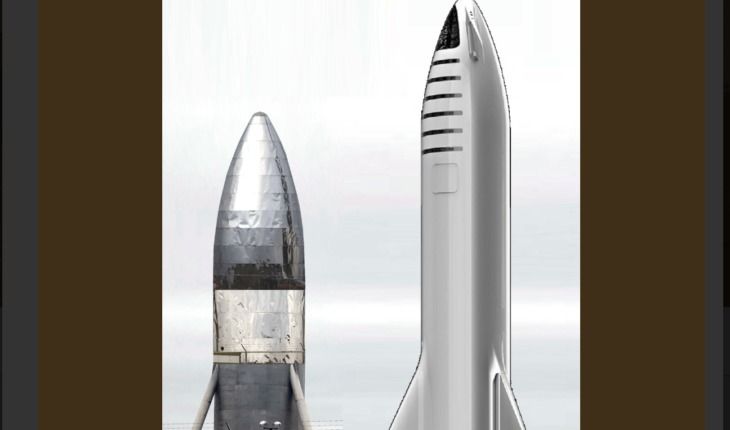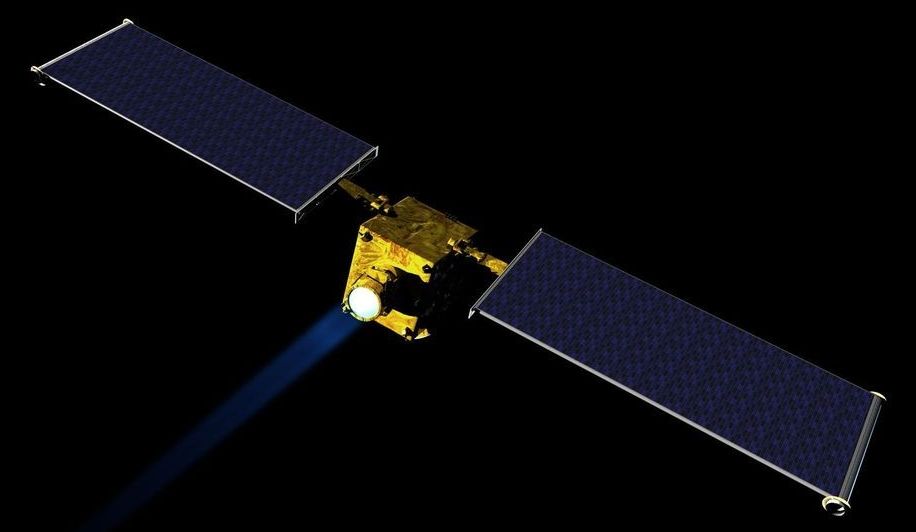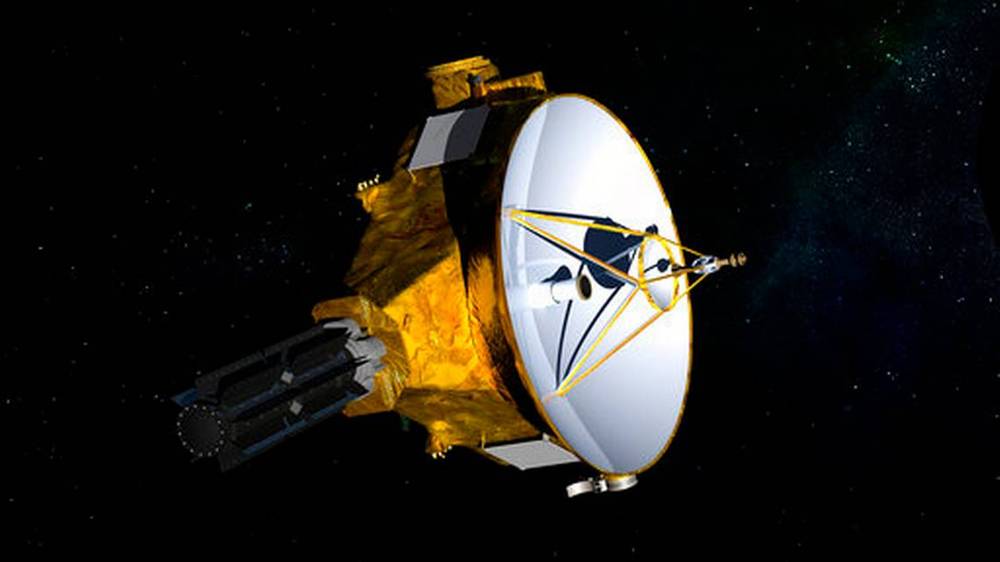Jan 5, 2019
Crude SpaceX Starhopper is 70 to 120 Days From First Test Flight
Posted by Genevieve Klien in category: space travel
The SpaceX Starhopper seems like the fastest development of a prototype rocket outside of a wartime rocket program. The purpose of the inexpensive testing is to have the first flight tests of the new Raptor engine. Three of the engines have been placed in a row and the tests will allow control software to be tested and the throttling of the engines to be tested.
The Starhopper rocket should be stacked and welded into one piece within a few days or weeks. The Texas launch pad is still being built and is still piled dirt.
The work on the rocket and the launch pad will come together over the next 60 days and then the rocket will be moved to the launch pad for a first flight in March or April 2019.
Continue reading “Crude SpaceX Starhopper is 70 to 120 Days From First Test Flight” »


















